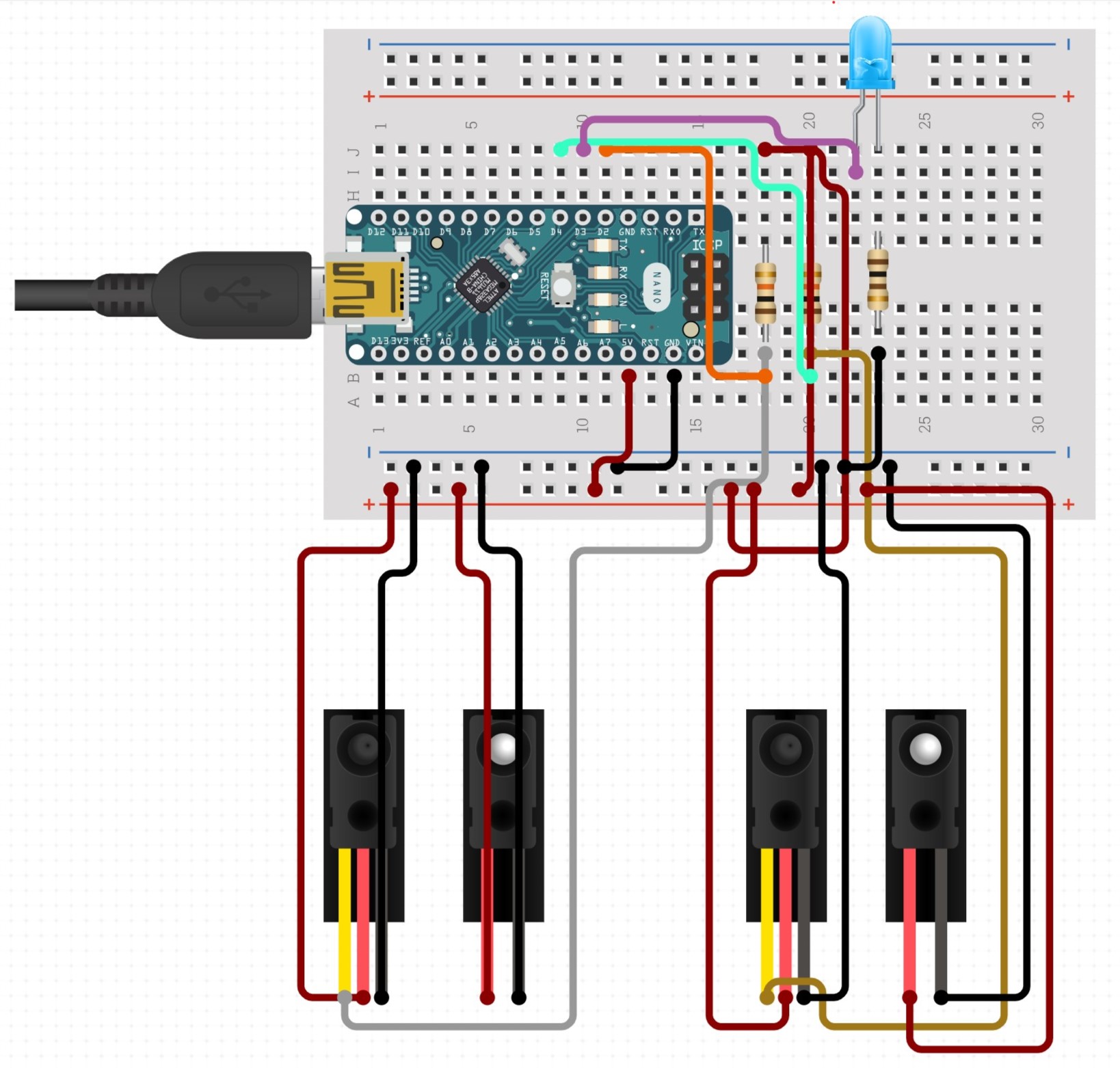The project aims to automate the turning on and off the room lights by sensing a person entering or exiting the room. While in the room, the room lights could be triggered on and off by using a smartphone. For controlling the light the device would be set on already existing switch and mechanically move the switch to automate the process.
Share this Project
Courses
49713 Designing for the Internet of Things
· 18 members
A hands-on introductory course exploring the Internet of Things and connected product experiences.
Focused on
About
The project aims to automate the turning on and off the room lights by sensing a person entering or exiting the room. While in the room, the room lights could be triggered on and off by using a smartphone. For controlling the light the device would be set on already existing switch and mechanically move the switch to automate the process.
Created
January 31st, 2019
